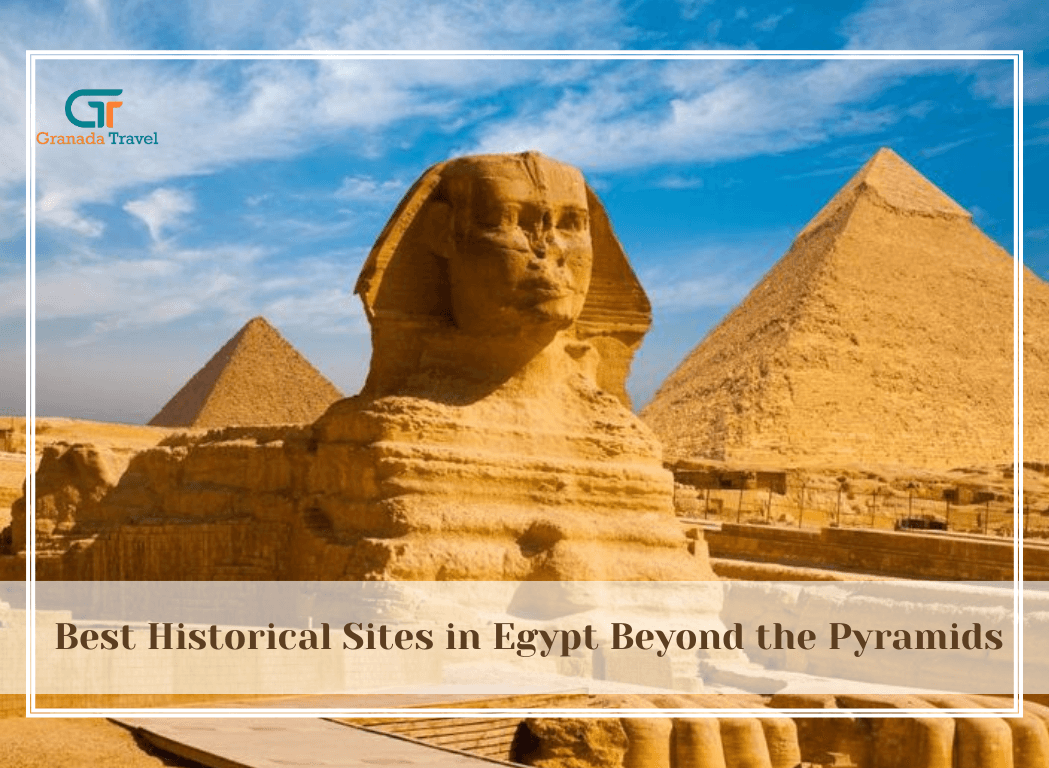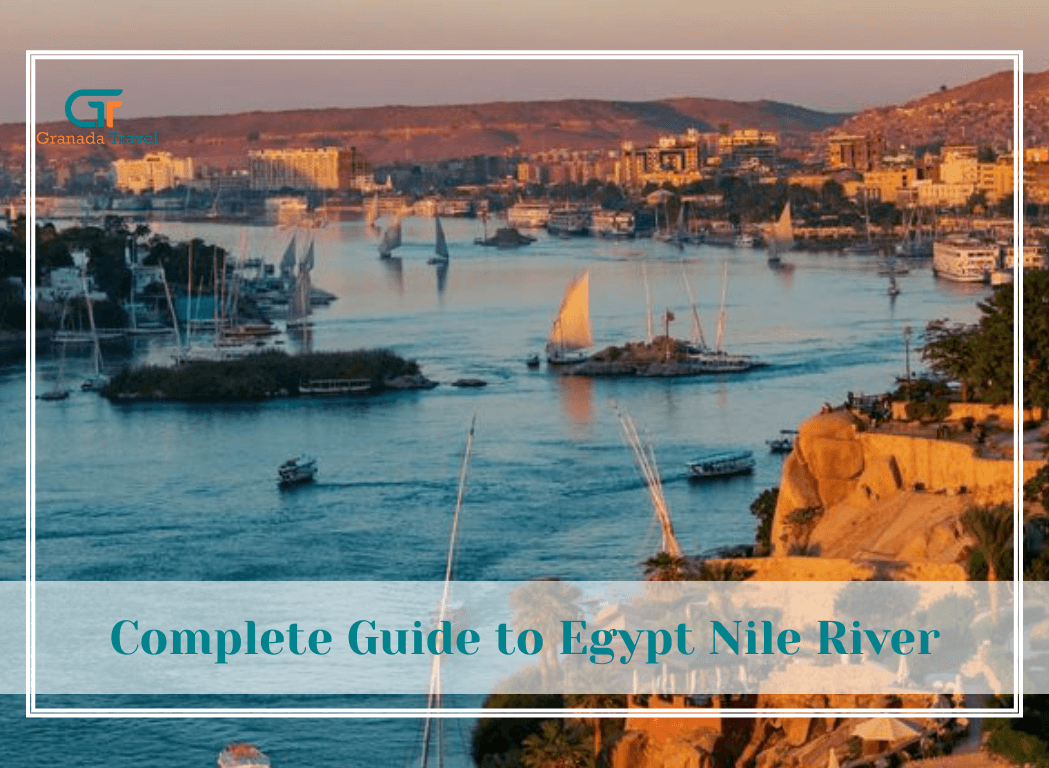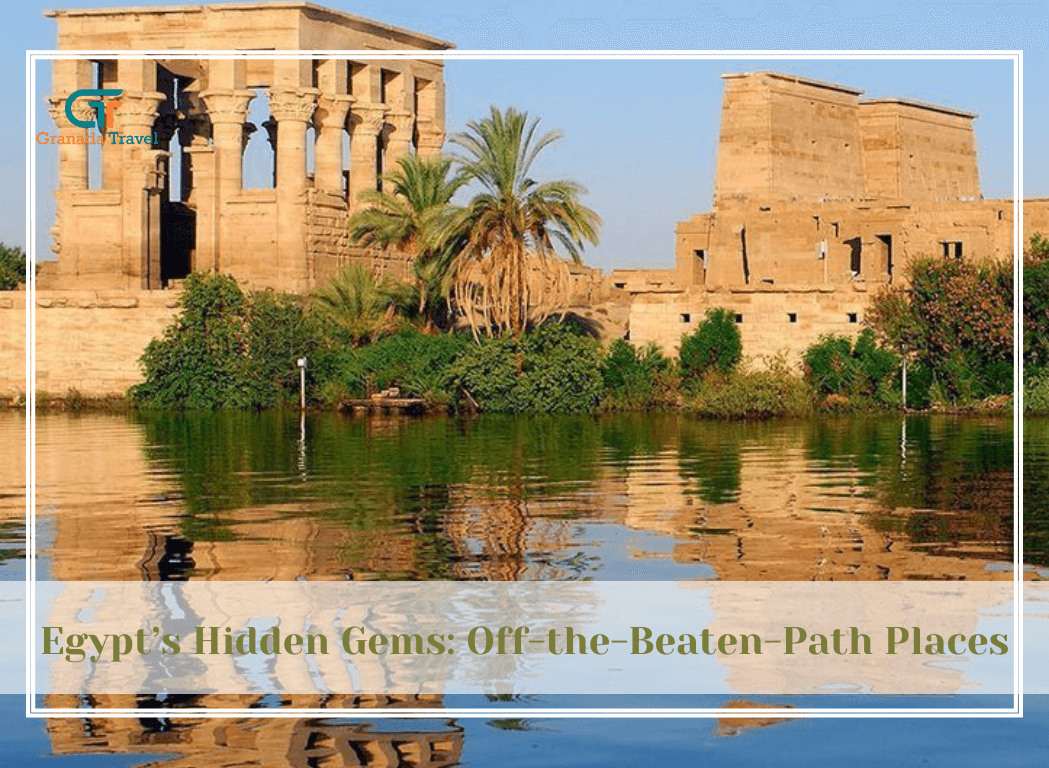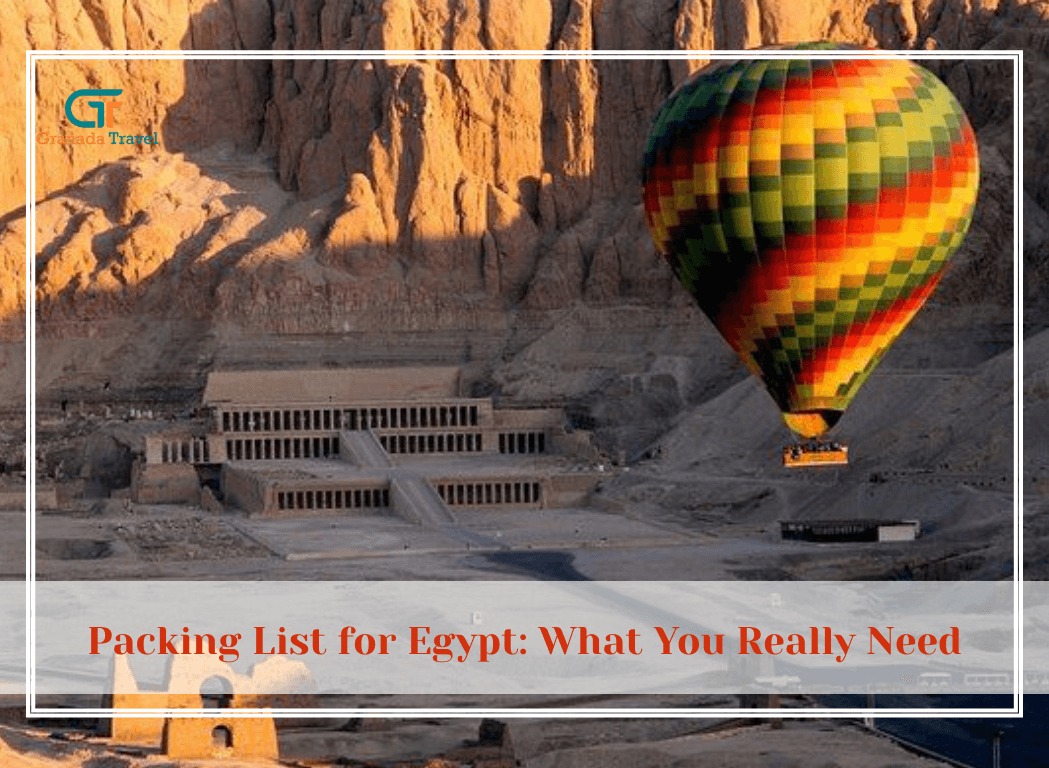
Best Historical Sites in Egypt Beyond the Pyramids
When travelers picture Egypt, the Great Pyramids of Giza usually take center stage. Yet the story of Egyptian civilization stretches far beyond those iconic silhouettes. From pharaonic temples buried in golden sand to Roman theaters and early Christian monasteries, the best historical sites in Egypt go well past the well-worn tourist trail. Exploring these places lets you witness the country’s deep layers of history, from the dawn of the Pharaohs to Islamic Cairo’s medieval grandeur.
Venturing away from Giza rewards you with quieter ruins, stunning desert scenery, and a deeper understanding of Egypt’s diverse past. Whether you crave hidden gems, less-known temples, or immersive cultural encounters, this expanded guide introduces destinations that prove Egypt’s ancient legacy is far richer than a single wonder of the world.
Why Explore Egypt Beyond the Pyramids
Exploring Egypt beyond the Pyramids opens the door to a side of the country that many visitors overlook. While the Great Pyramids of Giza are undeniably magnificent, Egypt’s history stretches far wider and deeper than a single landmark. Venturing further south or west reveals ancient temples tucked into quiet valleys, remote desert oases rich with legend, and cities where Greco-Roman, Christian, and Islamic influences blend seamlessly. Here, you can walk through vibrant markets untouched by mass tourism, marvel at vivid hieroglyphs in nearly empty sanctuaries, and feel the desert’s stillness under a sky full of stars. This journey beyond the iconic pyramids offers a richer, more intimate encounter with Egypt’s diverse past and living culture.
Egypt’s identity was shaped by countless cultures: Pharaonic dynasties, Greek conquerors, Roman emperors, early Christian monks, and Islamic scholars. Traveling beyond the Pyramids allows you to:
- Experience multiple eras. Each region highlights a different period—from Nubian fortresses to Greco-Roman theaters.
- Escape heavy crowds. Remote temples and oases remain peaceful sanctuaries where you can explore at your own pace.
- Support local communities. Smaller towns benefit directly from visitors who choose their lesser-known attractions.
- Gain richer context. Seeing how different civilizations overlapped makes Egypt’s story feel alive and multidimensional.
Upper Egypt’s Hidden Treasures
Upper Egypt’s hidden treasures reveal a side of the country that feels worlds away from Cairo’s bustling streets. Stretching from Luxor to Aswan and beyond, this region is home to ancient temples, quiet Nile-side villages, and archaeological sites that few travelers ever see. Here you can wander through nearly deserted ruins, admire vivid wall carvings untouched by crowds, and experience the slower rhythm of traditional Egyptian life. From lesser-known temples like Dendera and Abydos to remote desert monasteries, Upper Egypt invites you to step off the usual tourist trail and discover a more authentic connection to the nation’s remarkable history.
Temple of Seti I, Abydos
Abydos, once a major religious center, is home to the magnificent Temple of Seti I. Famous for its “Abydos King List,” it preserves some of the most detailed reliefs in the country, showing vivid scenes of gods and pharaohs. Few tourists make the trip, so you can admire its artistry in near silence.
Temple of Hathor, Dendera
North of Luxor, Dendera boasts one of Egypt’s best-preserved temples. The ceiling still displays bright zodiac carvings, offering a rare glimpse of ancient astronomical knowledge. Explore the underground crypts and climb to the rooftop for sweeping views of the Nile countryside.
Kom Ombo Double Temple
Between Luxor and Aswan lies a unique twin sanctuary dedicated to Horus and the crocodile god Sobek. Don’t miss the small Crocodile Museum, which houses mummified reptiles that once symbolized the power of the Nile.
Western Desert Oases and Lost Worlds
The Western Desert of Egypt holds a captivating world of remote oases, hidden valleys, and ancient mysteries waiting to be uncovered. Far from the crowded tourist circuits, this vast expanse offers a glimpse into Egypt’s wilder, more timeless side. Travelers can explore the lush date palms and natural springs of Siwa Oasis, marvel at the surreal rock formations of the White Desert, or visit the historic Bahariya and Dakhla oases, where ancient tombs and ruins whisper stories of forgotten civilizations. A journey through these desert landscapes reveals not only breathtaking natural beauty but also the enduring traditions of Bedouin life, creating an unforgettable encounter with Egypt’s lost worlds.
Siwa Oasis and the Oracle Temple
Deep in the Sahara near the Libyan border, Siwa remains one of Egypt’s most enchanting destinations. Its Temple of the Oracle of Amun once welcomed Alexander the Great, who was proclaimed divine here. Today visitors pair history with natural wonders: crystal-clear salt lakes, mud-brick fortresses, and dazzling night skies perfect for stargazing.
Valley of the Golden Mummies, Bahariya
Discovered only in the 1990s, this site contains hundreds of Greco-Roman mummies adorned with gold masks and intricate jewelry. The surrounding oasis offers hot springs and palm groves, creating a striking contrast to the arid desert.
Al-Bagawat Necropolis, Kharga Oasis
Among the oldest Christian cemeteries in the world, Al-Bagawat features more than 260 mud-brick tombs with Coptic frescoes. It’s a remarkable testament to Egypt’s early Christian era.
Less-Known Temples Along the Nile
Temple of Kalabsha, Aswan
Saved from the rising waters of Lake Nasser, Kalabsha is a Nubian masterpiece relocated stone by stone. Intricate carvings dedicated to the sun god Mandulis glow in the afternoon light, and the absence of crowds makes it ideal for photography.
Temple of Esna
Hidden behind modern streets, Esna’s temple is slowly revealing its brilliant original colors thanks to ongoing restoration. Visiting now gives a rare “before and after” perspective of conservation work.
Gebel el-Silsila Quarry Temples
Once the source of sandstone for Egypt’s great monuments, this site includes rock-cut shrines and inscriptions left by ancient workers. Standing where massive blocks were carved gives you a tangible sense of how Egypt’s wonders were built.
Mediterranean & Greco-Roman Heritage
Catacombs of Kom El Shoqafa, Alexandria
A labyrinth of tombs carved in the 2nd century AD blends Egyptian symbolism with Greek and Roman design. Sculpted columns, hybrid deities, and spiral staircases create an otherworldly atmosphere.
Roman Amphitheater & Serapeum
Also in Alexandria, the Roman Amphitheater and the remnants of the Serapeum temple complex reveal how Egypt embraced—and adapted—Mediterranean culture.
Early Christian and Islamic Marvels
Monastery of St. Anthony, Red Sea Mountains
Founded in the 4th century, this is the world’s oldest operating Christian monastery. Its remote desert setting, colorful frescoes, and ancient library provide a moving spiritual experience.
Historic Cairo
Beyond the deserts, Cairo itself is a living museum. Walk through the narrow alleys of Islamic Cairo to see the Sultan Hassan Mosque, Al-Azhar, and centuries-old markets that still pulse with life.
Tips for Visiting Historical Sites in Egypt
- Choose the right season: October through April offers cooler, more comfortable weather.
- Hire local guides: They bring hidden stories and legends to life.
- Plan transport carefully: Many sites require private drivers, trains, or 4x4 vehicles.
- Respect preservation rules: Avoid touching carvings and follow photography guidelines.
- Stay hydrated: Deserts and temples can be extremely hot even in winter.
Embracing Egypt’s Endless History
Exploring the best historical sites in Egypt beyond the Pyramids reveals a civilization that spans thousands of years and countless cultures. From the mystic temples of Abydos and the serene oases of Siwa to Alexandria’s Greco-Roman treasures and Cairo’s Islamic masterpieces, each location tells a different chapter of the human story.
By stepping off the beaten path, you not only escape the crowds but also support local communities and experience a deeper, more intimate connection with the country’s heritage. Whether you are a seasoned historian or a first-time traveler, these destinations prove that Egypt’s true magic lies in the layers of history waiting quietly beyond the shadow of the Pyramids.
Recent Posts




